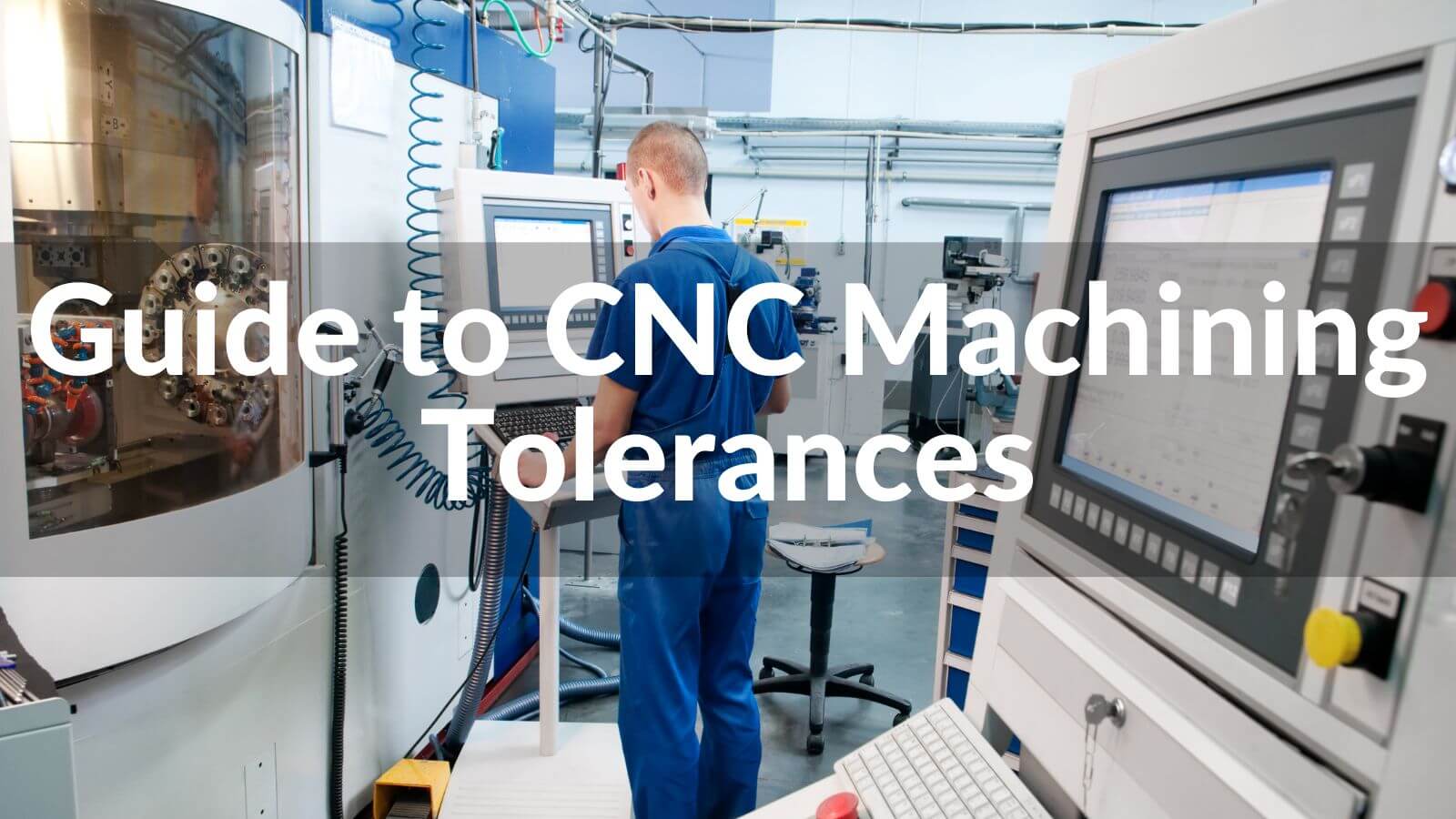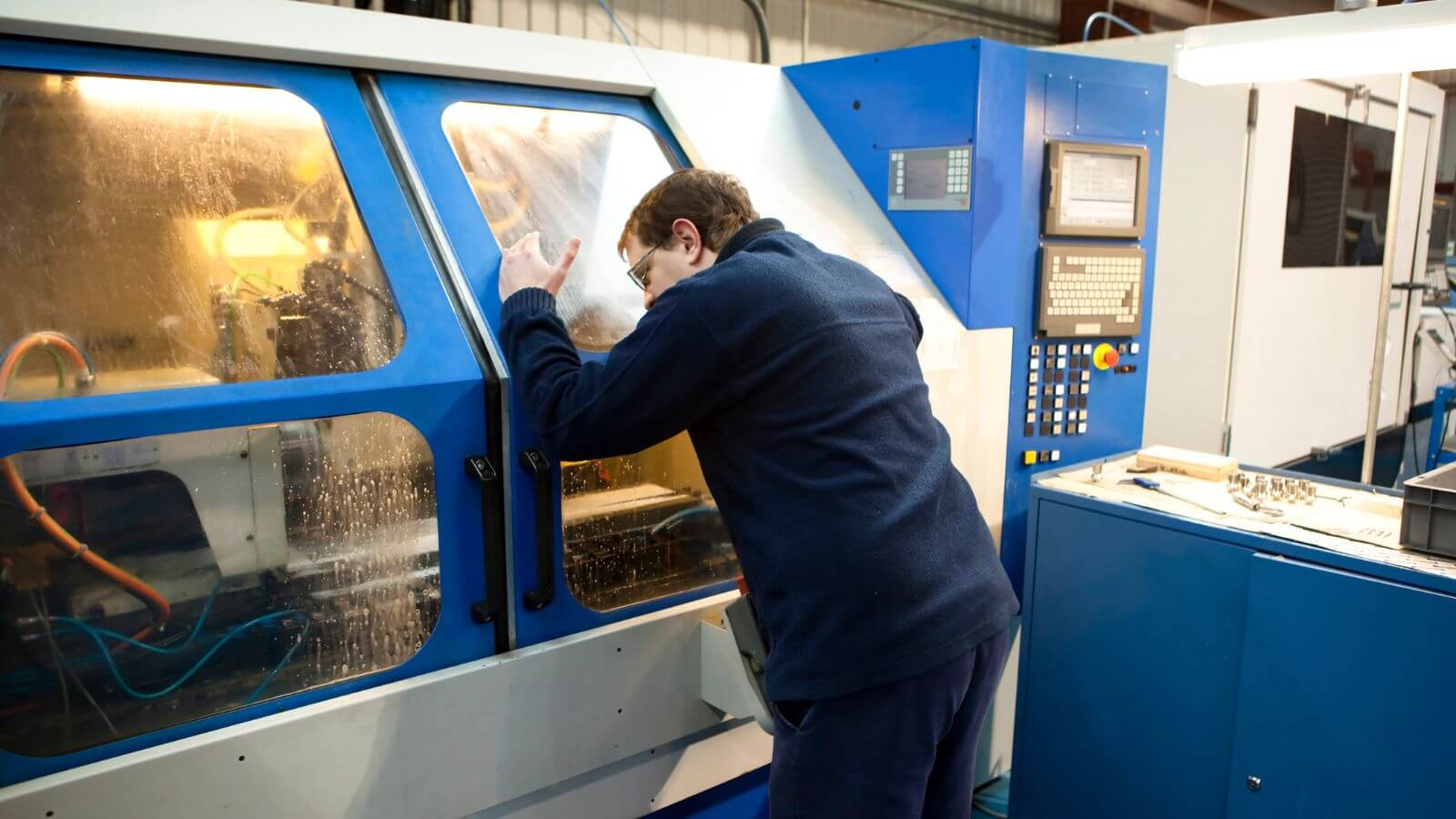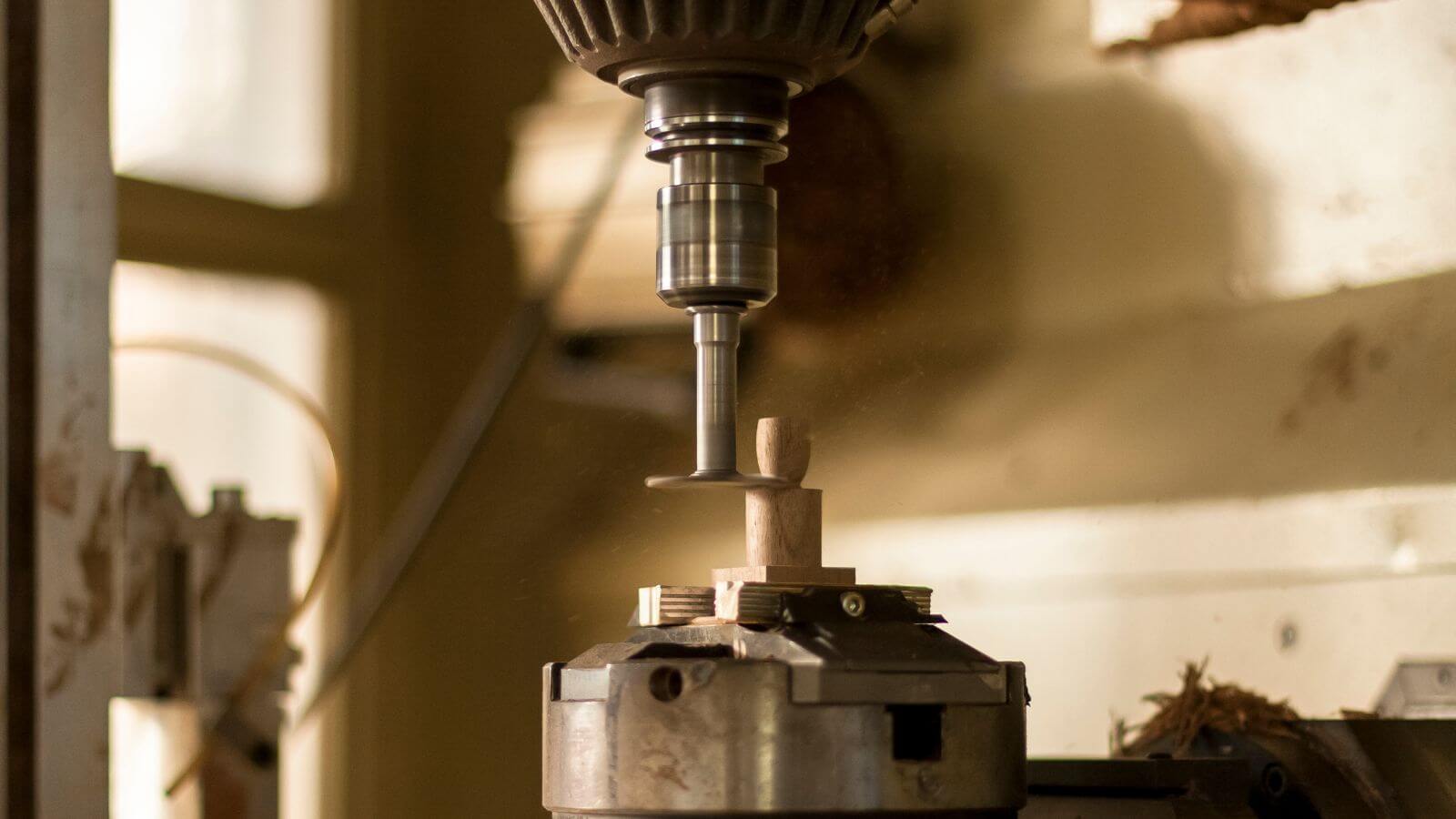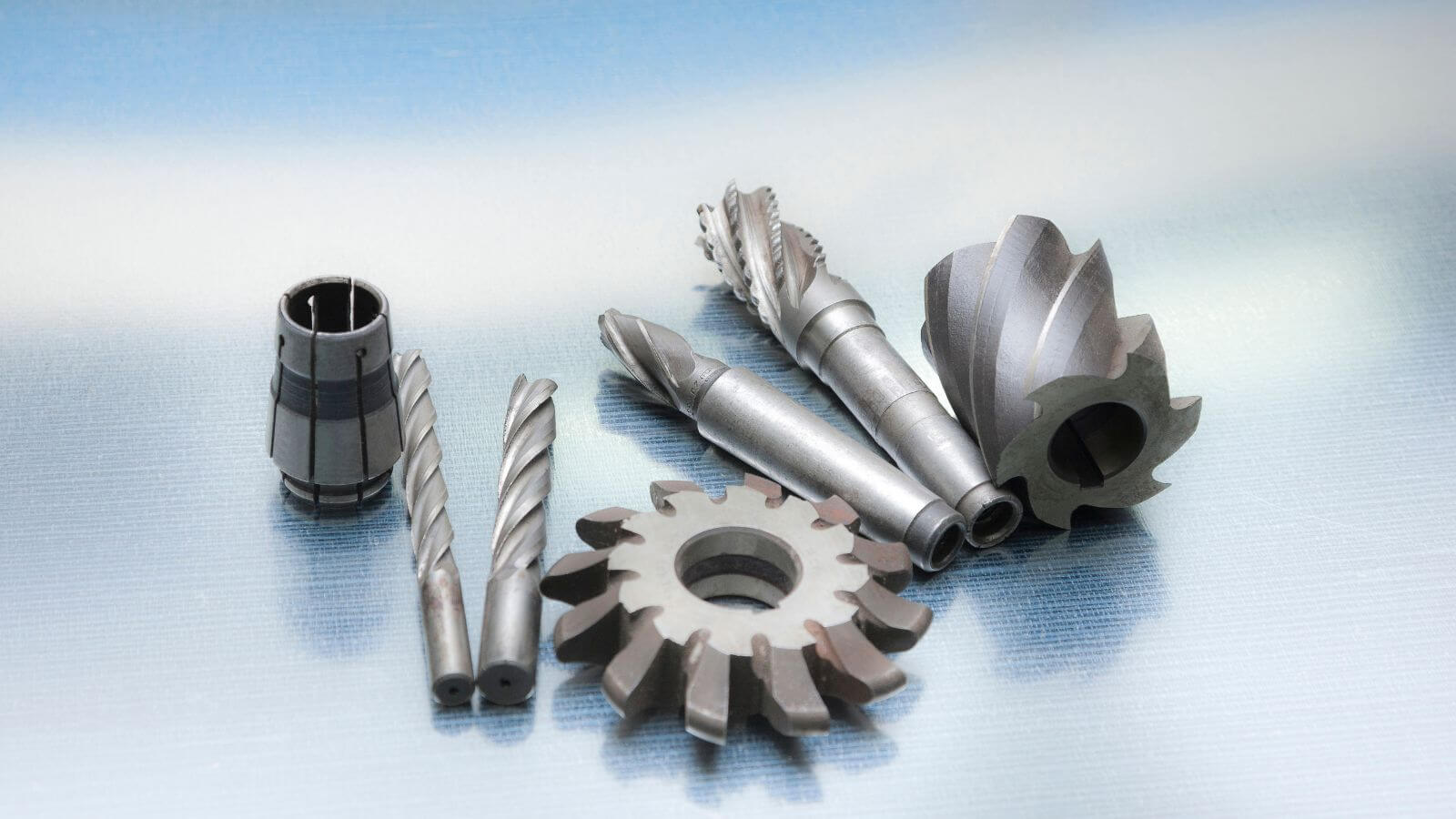CNC Machining
200 sets high precision CNC machine, covering turning, drilling, milling, broaching,grinding, wire EDM etc. all machining process.Machined prototypes and production parts in as fast as 1-3 days

Precision manufacturing is a crucial aspect of various industries, where the accurate production of machined parts is essential for achieving optimal performance and reliability. In this realm, CNC machining tolerances play a pivotal role in ensuring the functionality and quality of these parts. Tolerances define the acceptable range of dimensional and geometric variations allowed during the manufacturing process, enabling precise and consistent production.
The importance of CNC machining tolerances cannot be overstated. Tolerances directly impact the functionality, performance, and reliability of machined parts. Whether it's a component for aerospace, automotive, medical devices, or any other industry, adherence to specific tolerances is critical to meet design requirements and maintain desired functionality.

1. Defining CNC Machining Tolerances
CNC machining tolerances refer to the allowable range of dimensional and geometric variations that a machined part can have while still meeting design specifications. These specifications outline the desired size, shape, and form of the finished part, and tolerances ensure that these requirements are met within acceptable limits.
2. Ensuring Functionality and Reliability
Tolerances play a crucial role in ensuring the functionality and reliability of machined parts. By adhering to specified tolerances, manufacturers can guarantee that parts fit together as intended, facilitating proper assembly and smooth operation. Tolerances also prevent excessive gaps or interference, minimizing the risk of malfunctions or performance issues.
3. Significance in CNC Machining Processes
In CNC machining, where computer-controlled machines execute precise and complex operations, tolerances are crucial for accurate part production. CNC machines rely on programming instructions that dictate the tool's movement and machining parameters. Tolerances account for the inherent limitations and variations that exist in the machining process, compensating for factors like tool wear, machine calibration, and material properties.
2. Types of Tolerances in CNC Machining

In CNC machining, various types of tolerances are utilized to define specific aspects of a machined part. Understanding these tolerance types is essential for effectively interpreting design specifications and achieving the desired level of precision. Here are the key types of tolerances commonly encountered in CNC machining:
1. Size Tolerances
Size tolerances define the acceptable range of dimensional variations in a machined part. These tolerances specify the upper and lower limits for features such as length, width, diameter, and thickness. Size tolerances ensure that the part's dimensions meet the design requirements and allow for proper fit and assembly with other components.
2. Form Tolerances
Form tolerances focus on the shape and geometry of machined features. These tolerances control variations in straightness, flatness, roundness, cylindricity, and other geometric aspects. Form tolerances ensure that the part's surface profiles and contours conform to the desired shape, facilitating proper functionality and compatibility with mating parts.
3. Position Tolerances
Position tolerances are crucial for defining the location of features relative to a specified reference point or datum. These tolerances specify the acceptable range of positional deviations, including parallelism, perpendicularity, concentricity, and symmetry. Position tolerances ensure proper alignment and orientation of features, enabling accurate assembly and effective functioning of the final product.
4. Angular Tolerances
Angular tolerances are utilized to control the allowable variations in angles and angular relationships between features. These tolerances are critical in applications where precise angular alignments or intersections are required, such as gears, couplings, or mating surfaces. Angular tolerances ensure the proper transmission of forces, smooth operation, and optimal performance.
5. Surface Finish Tolerances
Tolerances for the surface finish of a machined item specify the permitted differences in its surface grit and roughness. The required degree of smoothness, roughness, or other surface qualities are specified by these tolerances, which might have an effect on the part's performance, appearance, and compatibility with other parts. In situations where friction, sealing, or aesthetic appeal are essential, surface finish tolerances are especially significant.
3. Determining Tolerance Requirements

Determining the appropriate tolerance requirements for CNC machining is a critical step in achieving the desired level of precision and functionality. Several factors should be considered when establishing tolerance specifications for a particular application. Here are key considerations for determining tolerance requirements:
1. Part Function and Application
The function and intended application of the part are primary drivers for establishing tolerance requirements. Critical components, such as those used in aerospace or medical devices, often require tighter tolerances to ensure safety and reliability. On the other hand, less critical parts may have more lenient tolerances to balance cost and manufacturing efficiency. Understanding the part's function and its impact on the overall system is crucial in determining appropriate tolerance levels.
2. Material Properties
Different materials exhibit varying properties and behaviors during machining. Factors such as material hardness, machinability, and thermal expansion should be considered when setting tolerance requirements. For example, materials with low machinability may require larger tolerances to account for potential tool wear or deformation during the machining process.
3. Assembly Considerations
If the part is part of an assembly, tolerance requirements must align with the mating parts' tolerances. Proper fit, clearance, and alignment between components are crucial for the overall functionality and performance of the assembly. Tolerance stack-up analysis is often performed to ensure that cumulative variations within the assembly remain within acceptable limits.
4. Manufacturing Capabilities and Cost
Manufacturing capabilities, including the capabilities of CNC machines, cutting tools, and inspection equipment, play a significant role in determining tolerance requirements. It is crucial to assess the feasibility and cost implications of achieving tighter tolerances. Manufacturers must strike a balance between precision requirements and the practical limitations of the manufacturing process to optimize cost-effectiveness.
5. Industry Standards and Regulations
Certain industries have specific tolerance standards and regulations that must be adhered to. For example, aerospace and automotive sectors often follow stringent industry standards to ensure safety and reliability. It is essential to understand and comply with relevant industry guidelines when establishing tolerance requirements.
In CNC machining, various tolerance standards have been established to ensure consistency, interoperability, and quality across different industries. These standards provide guidelines for specifying and communicating tolerance requirements. Additionally, measurement techniques are employed to verify compliance with the specified tolerances. Here are the key aspects related to common tolerance standards and measurement techniques:
1. ISO Tolerance Standards
The International Organization for Standardization (ISO) has developed a comprehensive set of tolerance standards known as the ISO 286 series. These standards provide guidelines for dimensional tolerances, fits, and geometric tolerancing. ISO 286 standards ensure compatibility and interchangeability of parts across different manufacturers and regions.
2. ANSI/ASME Tolerance Standards
The American National Standards Institute (ANSI) and the American Society of Mechanical Engineers (ASME) have established tolerance standards, such as ASME Y14.5, which focus on geometric dimensioning and tolerancing (GD&T). These standards define symbols, rules, and practices for specifying and interpreting tolerances in engineering drawings.
3. Tolerance Representation and Communication
Tolerance specifications are typically represented using standardized symbols, notations, and geometric control symbols. These representations provide a concise and consistent way to communicate tolerance requirements on engineering drawings. Understanding these symbols is essential for CNC machinists, inspectors, and designers to ensure accurate interpretation and implementation of tolerance specifications.
4. Measurement Techniques
To verify compliance with specified tolerances, various measurement techniques and tools are employed in CNC machining. These techniques may include coordinate measuring machines (CMMs), optical measurement systems, profilometers, and other precision inspection tools. Measurement data is compared against the specified tolerances to ensure that the machined parts meet the required standards.
Achieving and maintaining tolerance control is essential for consistent and high-quality CNC machining outcomes. Here are key considerations and best practices for effectively managing tolerances:
1. Process Planning and Optimization
Thorough process planning is crucial for achieving desired tolerances. Optimizing machining parameters, tool selection, and toolpath strategies can significantly influence dimensional accuracy and surface finish. Simulation and virtual prototyping techniques can be employed to identify potential issues and optimize the machining process upfront.
2. Machine Calibration and Maintenance
Regular machine calibration and maintenance are essential to ensure the accuracy and repeatability of CNC machines. Periodic checks and adjustments of machine tools, including spindle runout, positioning accuracy, and tool wear compensation, help maintain consistent machining performance and adherence to specified tolerances.
3. Quality Control Measures
Implementing robust quality control measures, such as in-process inspections and statistical process control (SPC), helps monitor and control machining processes. Real-time feedback and data analysis enable proactive identification and correction of deviations, ensuring that parts remain within the specified tolerance range.
4. Supplier Collaboration and Material Control
Collaborating closely with material suppliers can help ensure the availability of materials with appropriate properties and consistent quality. Strict material control measures, including proper storage, handling, and traceability, help minimize variations that can affect tolerances during the machining process.
5. Continuous Improvement and Learning
CNC machining technology and best practices are continually evolving. It is important for manufacturers to stay updated with advancements, attend training programs, and foster a culture of continuous improvement. Learning from past experiences and implementing lessons learned enables better tolerance control and overall process enhancement.
6. Conclusion
Understanding CNC machining tolerances and their role in precision manufacturing is crucial for achieving functional and reliable machined parts. By comprehending different tolerance types, determining appropriate tolerance requirements, following common tolerance standards, and employing effective measurement techniques, manufacturers can ensure compliance with specifications.
Achieving and maintaining tolerance control requires careful process planning, machine calibration, quality control measures, supplier collaboration, and a commitment to continuous improvement. By prioritizing tolerance control, manufacturers can optimize their CNC machining processes, deliver high-quality products, and gain a competitive advantage in the marketplace.
If you want to know more, please contact us!